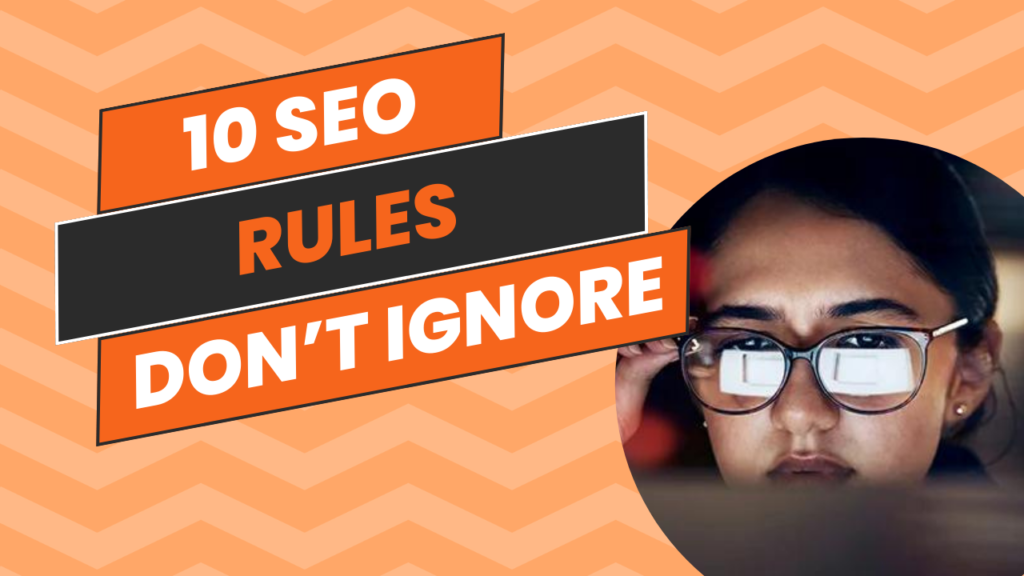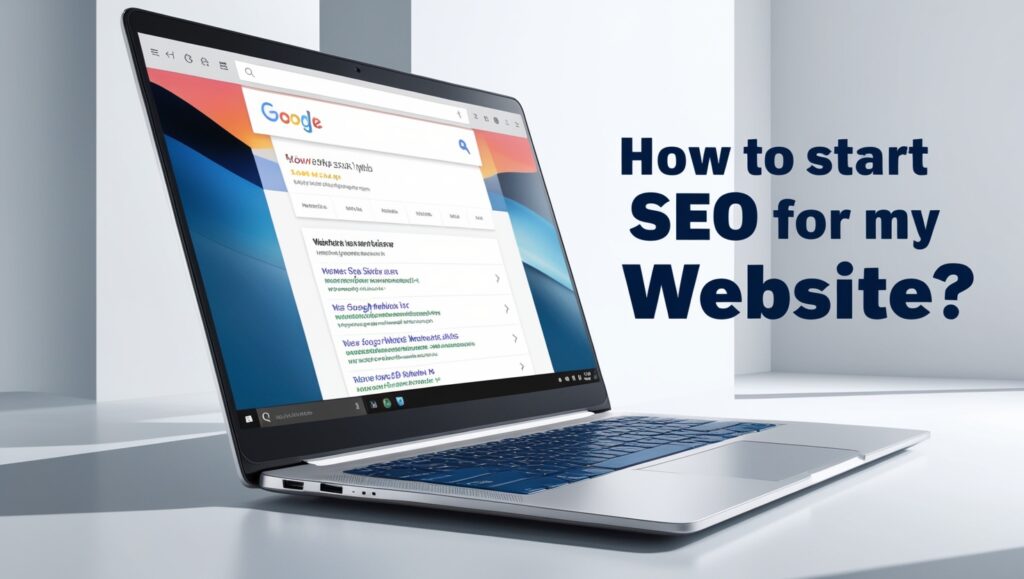
In today’s digital world, building a strong online presence is crucial for any business or website aiming to succeed. Search Engine Optimization (SEO) serves as a cornerstone for achieving higher rankings on search engine result pages, driving valuable organic traffic, and enhancing visibility. However, navigating the complexities of SEO can be challenging due to constantly evolving algorithms and diverse optimization techniques.
To make things simpler, this blog highlights the Top 10 SEO Rules that can help you improve your search rankings effectively. Whether you are new to SEO or looking to refine your strategies, these actionable tips will empower you to enhance your website’s performance, attract more visitors, and secure long-term growth. Let’s explore these key principles and unlock the potential of SEO for your success!
Here are the top 10 proven SEO rules to improve search results:
1. Meta Title: 50-60 Characters
The meta title is one of the most important elements of your webpage, as it serves as the first impression in search engine results. Keep it concise, clear, and compelling, ideally within 50-60 characters to prevent truncation. To enhance visibility and click-through rates, include the main keyword at the beginning.
2. Meta Description: 150-160 Characters
The meta description is the second most important element of a webpage, as it informs search engine crawlers about the content of the page. A well-crafted meta description serves as a concise summary of your page’s content. Aim for a length of 150-160 characters and incorporate your focus keyword naturally. Make it engaging to encourage users to click on your link in search results.
3. <H1> Tag: 1 Per Page
The `<h1>` tag is the most important element on a webpage and is essential to include. Each page should contain a single `<h1>` tag that highlights the main topic. This tag should incorporate your primary keyword to help both users and search engines understand the focus of your content.
4. URL Slug: 3-4 Words
A short and descriptive URL slug improves readability and SEO. Use 3-4 words, include your primary keyword, and avoid unnecessary filler words like “and” or “the.”
5. Keyword Density: 1-2% Per Page
Overstuffing keywords can harm your rankings. Maintain a keyword density of 1-2%, ensuring the content flows naturally and serves user intent.
6. Image Size: Less Than 100 KB
Large image files slow down your website, impacting both user experience and rankings. Compress images to under 100 KB while maintaining quality. Tools like TinyPNG or ImageOptim can help.
7. Alt Text: 120-130 Characters
Alt text describes your images to search engines and users with visual impairments. Keep it concise (120-130 characters) and include relevant keywords without overloading them.
8. First Input Delay (FID): Less Than 100ms
FID measures the time it takes for your page to respond to user interactions. Aim for an FID under 100 milliseconds to enhance interactivity and user satisfaction.
9. Cumulative Layout Shift (CLS): Less Than 0.1 Score
CLS measures visual stability. A score below 0.1 ensures elements on your page don’t shift unexpectedly, improving the browsing experience.
10. Mobile Page Speed: Less Than 3 Seconds
Mobile-first indexing means your site’s mobile performance directly impacts rankings. Ensure your mobile pages load in under 3 seconds to meet user expectations and Google’s standards.
Final Thought
Mastering SEO is more than just checking off a list of requirements; it’s about crafting a seamless and user-friendly experience that search engines favor. By effectively implementing these strategies, you can improve your website’s rankings and establish a strong SEO plan that delivers results.
Keep in mind that SEO is constantly evolving, so it’s essential to stay informed about the latest trends and guidelines to maintain your competitive edge.
Pro Tips-
At Brandz Grow, we utilize advanced tools like SEOquake and Detailed SEO Extension to thoroughly analyze website performance and SEO parameters. These tools allow us to inspect critical on-page and off-page SEO elements, ensuring your website meets the highest standards of optimization.
Additionally, we leverage Google PageSpeed Insights to assess and improve website loading speed, which is a key factor for both user experience and search engine rankings. By combining insights from these tools, we can identify performance bottlenecks, optimize technical SEO, and boost overall page performance to help your website achieve better visibility and higher engagement.
With this comprehensive approach, Brandz Grow ensures your website not only performs efficiently but also stands out in search results.

